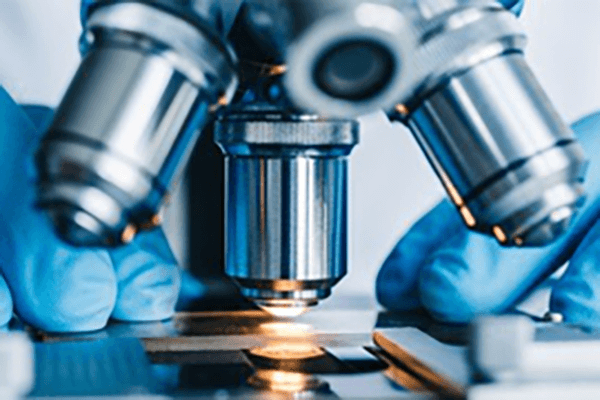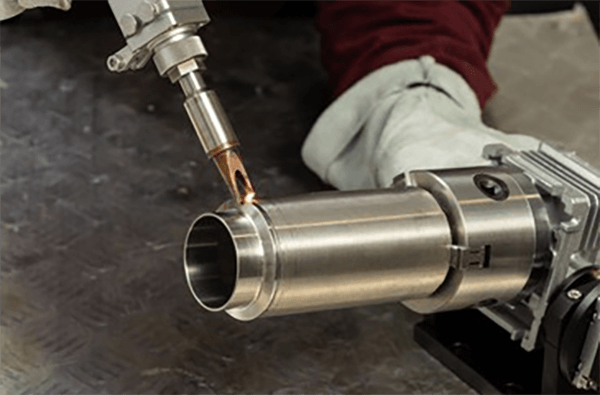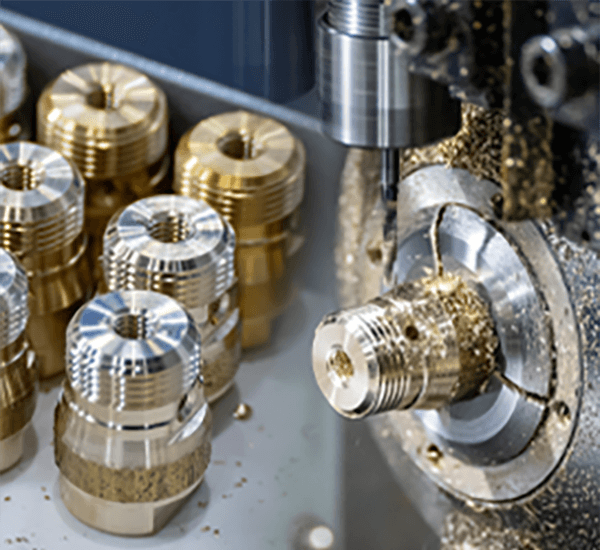
Realizing precise finish on a turned or milled piece stands as fundamental.
- Specification callouts prescribe the detailed finish for parts
- Technical callouts use Ra, a measure of average irregularity, to quantify finish
- Decoding surface notes is important for ensuring components achieve required performance
- Prescribed surface characteristics govern lubrication, abrasion, and longevity
- Understanding the notation correctly yields the desired surface result
Precision Principles of CNC Machining

CNC machining is a transformative approach within manufacturing using CNC instructions the equipment fabricates detailed forms with consistency.
- Programmed mills and lathes produce top-tier parts across material types
- Broad CNC applicability benefits industries like aerospace, automotive, and healthcare
- G-code driven machining maintains reliable consistency across batches
From concept models to high-volume manufacturing CNC machining anchors industrial production
Deciphering CNC Machine Specifications
Decoding CNC machine specifications can feel daunting at first glance
That said, foundational understanding plus a method lets you confront technical details
Start with locating core parameters: spindle rpm, feed, accuracy, work envelope, controller
All these parameters affect the tool’s total functional output.
As an example, increased spindle rpm favors soft alloys and higher feed favors throughput.
Appreciating such links enables selection of equipment fit for your objectives
Be sure to refer to vendor documentation completely.
Producer documentation frequently delivers important notes and clarifies terminology
A Guide to CNC Machines: What You Need to Know
Automated CNC platforms are computer-commanded systems for precision manufacturing of multiple materials They read numerical control code to orchestrate cutter motion and axis control.
- Frequent CNC varieties include mills, lathes, routers, plasma cutting machines
- Fabrication techniques operate on ferrous, nonferrous, polymeric, and composite materials
- Likewise CNC solutions enable fast prototyping and small-lot production for enterprises and research labs
CNC Fundamentals and Principles
They demonstrate convergence of tight hardware tolerances and refined software control CNC platforms apply programming to fabricate both basic components and complex assemblies Essential concept transposes digital designs into manufactured reality.
- Programmed machining process
- Software control implementation
It requires coordinated toolpath steps instructed by G-code Machine operators handle parameter selection, process monitoring, and quality confirmation.
Impact of Surface Finish on CNC Machining
Attaining target texture in CNC processes is critical It modifies operational efficiency and cosmetic finish The material, machining regimen, and subsequent finishing treatments contribute to surface quality.
A smooth surface finish can enhance the product's durability while a rougher finish may reduce its effectiveness Numerical control machining supplies multiple methods and cutters to obtain target textures.
- As an example choosing diverse tool geometries |tool materials|speed settings to obtain particular finish
- Supplementary finishing like polishing or abrasive grinding enhances surface
Understanding parameter influences helps attain the desired surface quality.
CNC Fundamentals: Operations and Uses
CNC machining is a precise method of manufacturing that employs computer-controlled machinery to shape parts from various materials They process digital commands to produce elaborate components repeatedly Familiarity with programming, tooling, and machine operation is key to process success
Use cases cover aerospace, automotive, medical, electronics, and more sectors From precision engine parts to detailed injection molds, CNC delivers complex products
Surface Finish Notation for Machined Components
Correctly specifying finish is vital for CNC-produced components It guarantees the finished part fulfills functional and visual criteria Surface finish callouts are typically represented using the system known as the Surface Roughness Ra Reported in µm or inches, the metric indicates average irregularity magnitude.
Evaluate both finish smoothness targets and the operational application before specifying

In practice smoother finishes help where exact fits and close tolerances are essential
Textured surfaces may be selected to improve grip or frictional engagement
Leverage precise callout notation within drawings to indicate required finish Specify the Ra metric and note any secondary treatments or special machining steps.
Note that precise surface specifications contribute directly to production success
Kinds of CNC Machines and Their Strengths
The world of CNC machining is vast and diverse with a wide array of machines designed to tackle various types of tasks They adopt CAD-to-CAM pipelines to steer cutting tools for precise part manufacture.
- Turning centers form shafts rods and cylindrical forms by cutting along axes
- Turning machines rotate stock to create symmetrical components efficiently
- Waterjet cutters use high-pressure abrasive streams to cut diverse materials without thermal effects
Selecting equipment relies on part complexity material properties and tolerance needs Machine-specific strengths enable applications in fields ranging from aerospace to automotive engineering.
Attaining Top-tier Surface Finish Through CNC
Securing excellent surface finish plays a key role in production and CNC methods enable that outcome Using accurate feed and speed selection plus optimized tool geometry technicians refine cutting action to reduce surface flaws Additionally superior tool grades and effective lubrication aid in producing refined textures By choosing tailored toolpaths and precise setups operators can deliver parts with outstanding finishes.
Obtaining Surface Quality via CNC Code
Programming mastery of surface parameters is essential for desired outcomes Selected feeds speeds and tool geometry directly shape the resulting surface profile Meticulous parameter tuning together with suitable coolant use promotes smoother finishes.
- Moreover scheduled what is cnc tool maintenance and inspection preserve surface performance Continuous tool maintenance and oversight preserve high finish consistency In addition periodic tool servicing and checks secure consistent surface quality
- To optimize surface finish programmers should consider factors like material type desired surface roughness and the application requirements
- Virtual simulation provides a way to optimize feeds and speeds before cutting
- In addition periodic tool servicing and checks secure consistent surface quality
